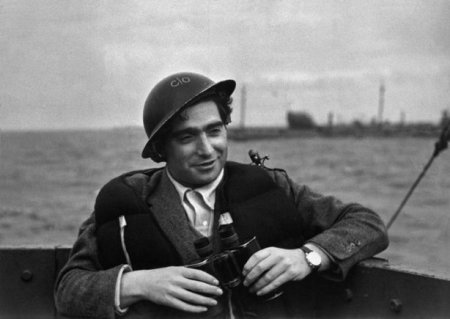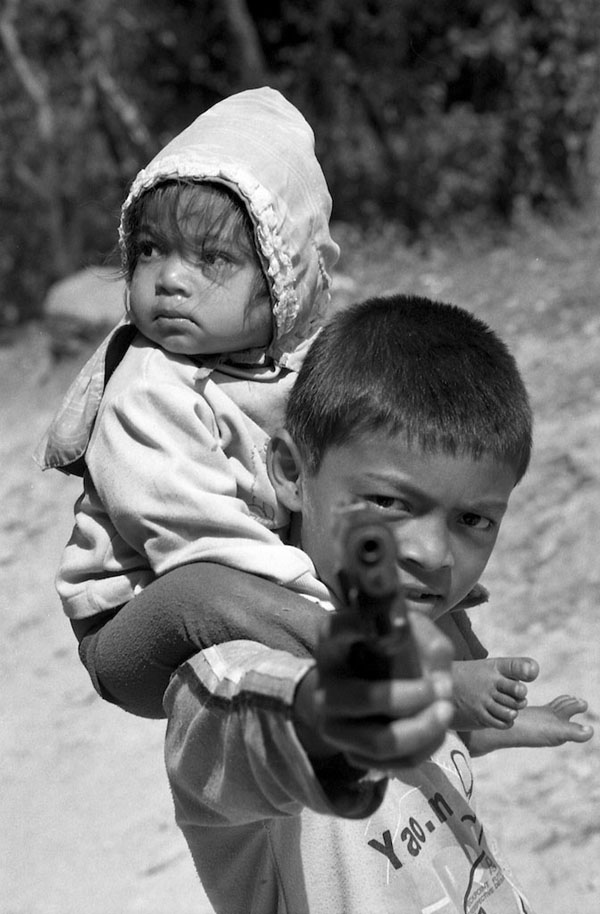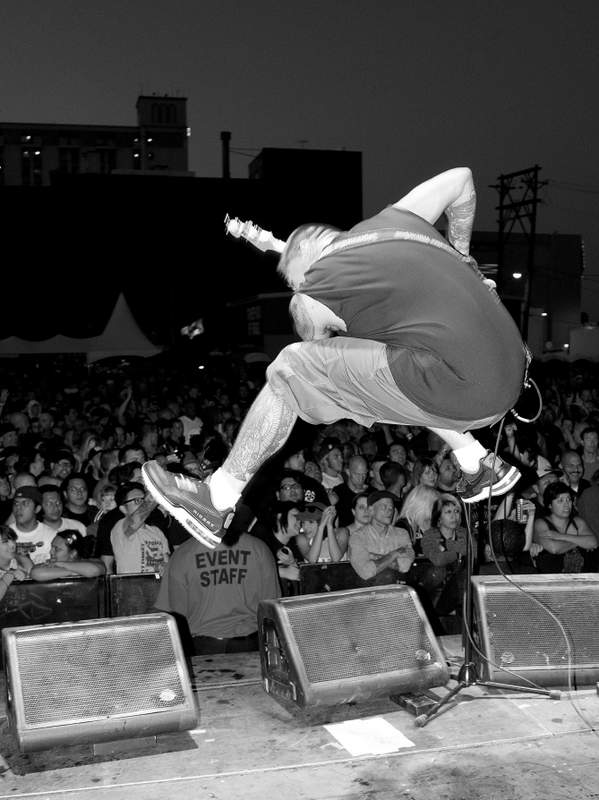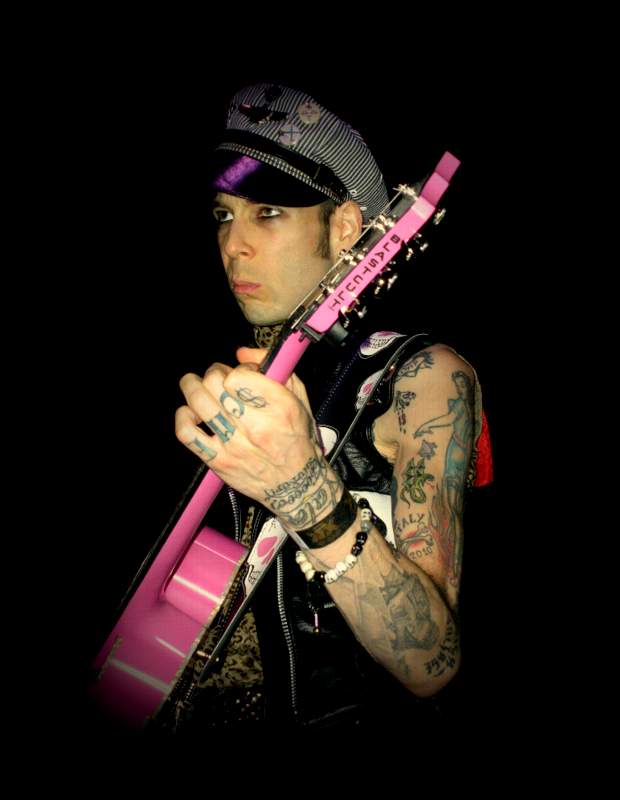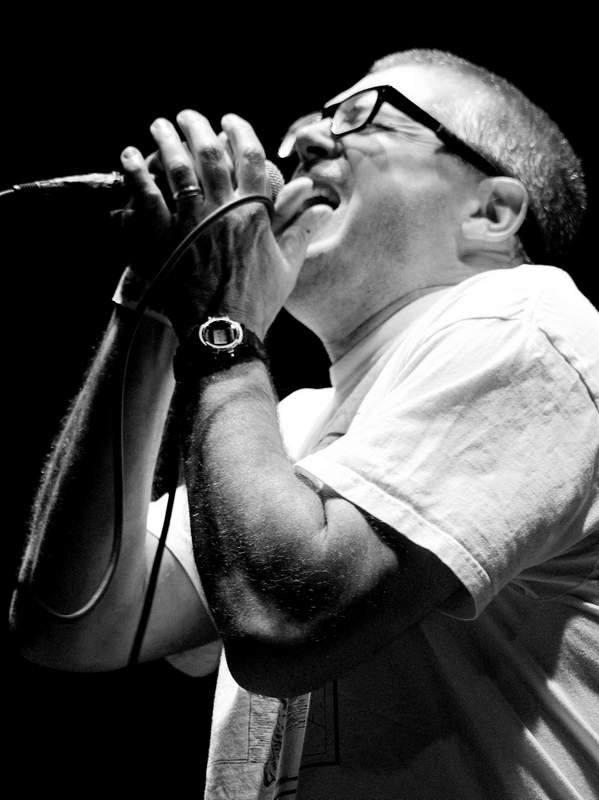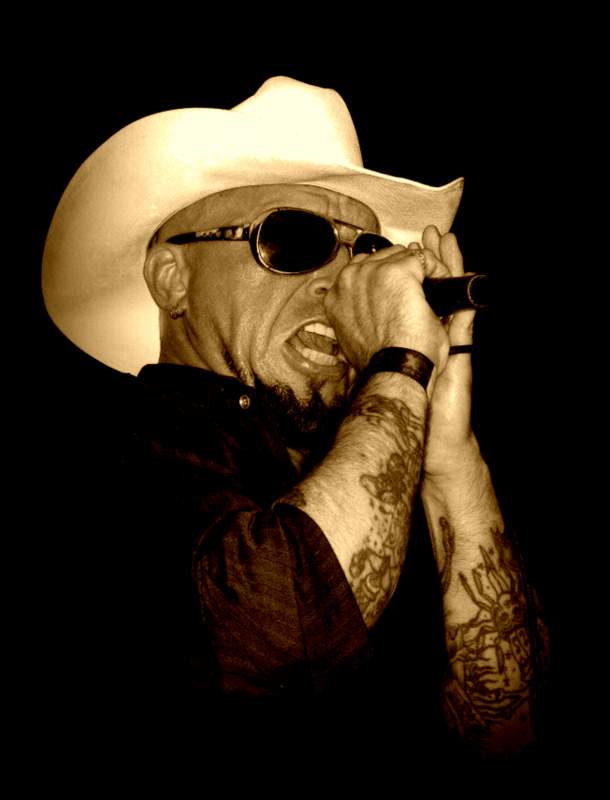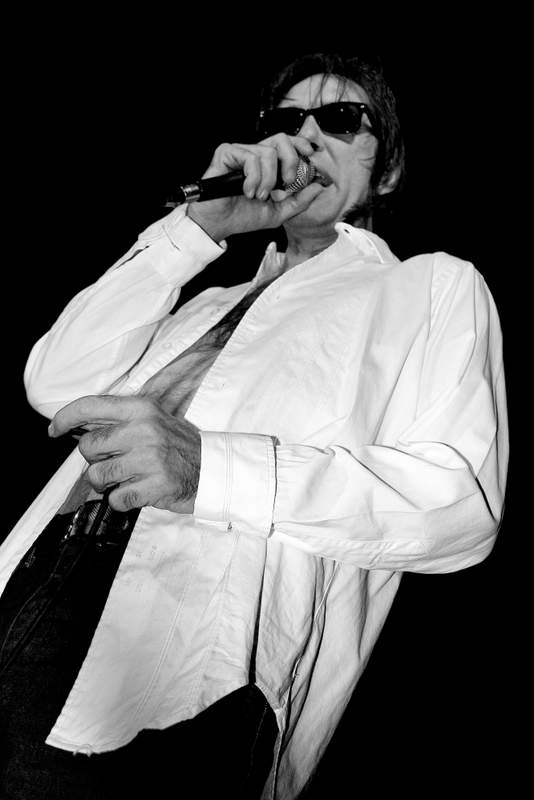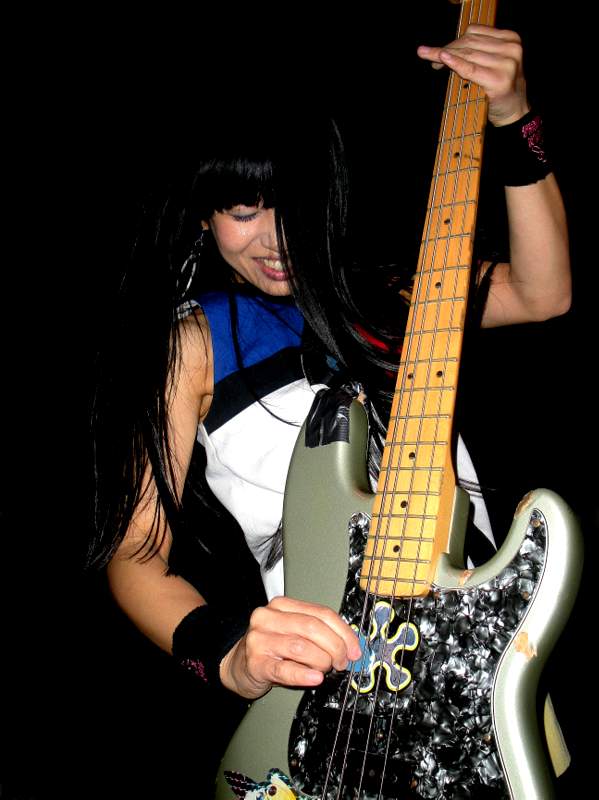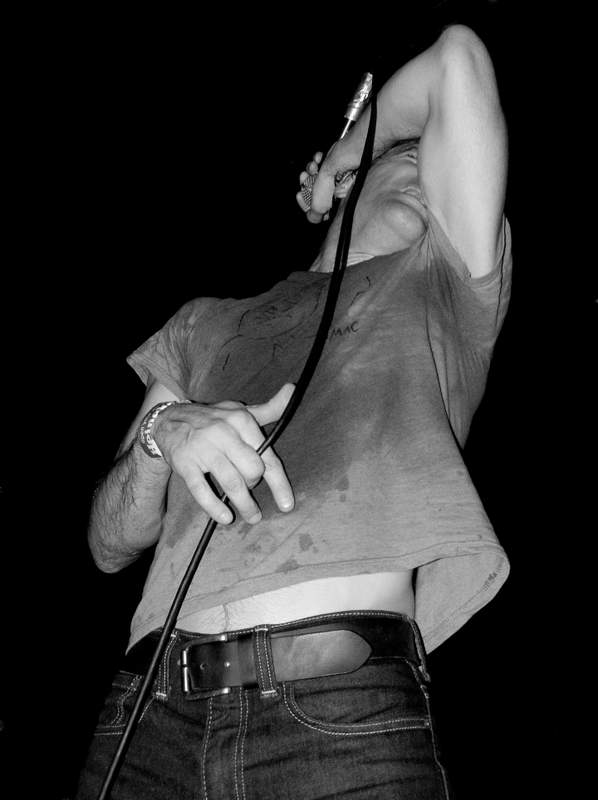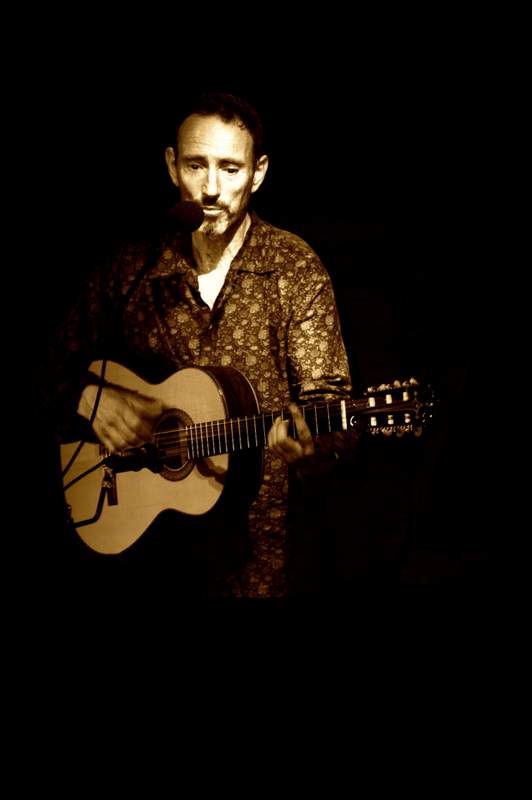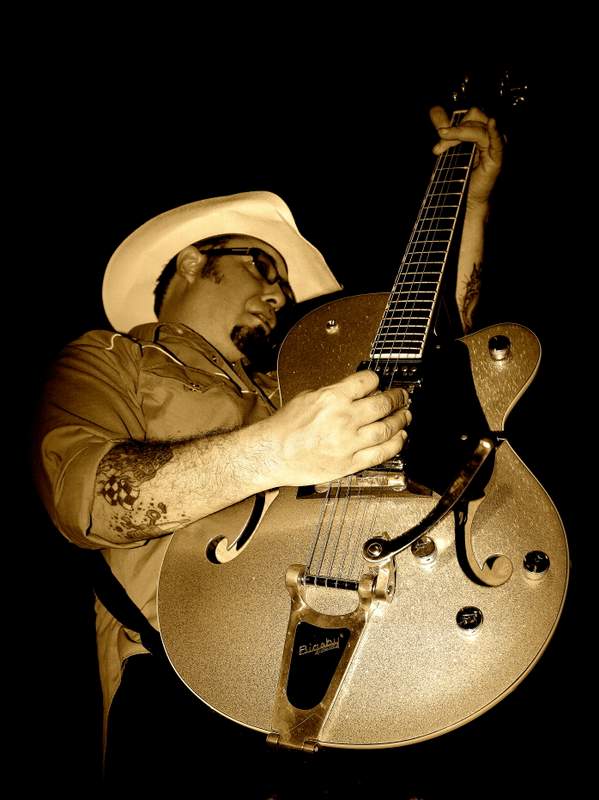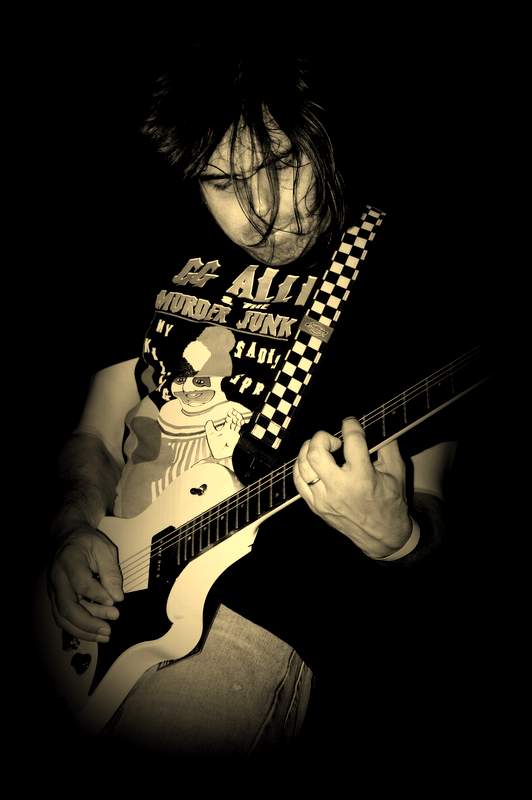In the relatively short ( compared to infinity) time I have been alive, I have always been intrigued by a few things. Music, words and images. In this series, CAMERA “i”, I attempt to enter the topic of images, and more specifically, the world of photography. Just one medium in a universe of images. You can send me your list of ALL possible image mediums, as soon as you find the last possible one. In other words images are an ever evolving medium. And what we see, is largely shaped up of what we will take the time to look at. And that list, in MY world , seems ever growing and never ending. For many it is art: drawings,paintings, etchings etc. For some, art is found in the power and cohesion of a well acquainted symphony, acquainted with each other, and with the music. For others, it is the beautiful sunrise on the dunes of a beach that may paint a picture in your mind. Pictures not only take us to a place, they can take us through time. In a split second. They can bring back feelings, smells, music and many other sensual memories…. Pictures are a very powerful entity. I have always loved the idea of photography, but personally never pursued it after my high school elective class as a senior. Photos have the power of suspending time, catching a surfer on the crest of a merciless wave. Or… the face of a human, with brows furrowed by worry; each line around their eyes, nose and mouth tell their own story.
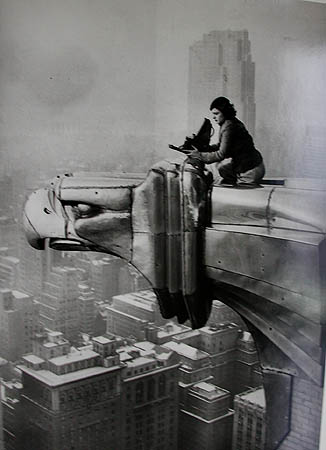
How high (or low) will photographic visionaries go to “get the shot” Answer: However high (or low) they need to !! Photo of Margaret Bourke-White setting up a photo shot of NYC from atop a sky scraper.
The photographer uses the angles, and the light which creates the colors, to capture the moment. As the old “adage” goes: “Take a picture, it lasts longer.” Yes, the camera’s eye opens and closes and a moment in time is “captured” forever. Has time favored the visual artist? The early image creators may have used the carbon ash from burned wood or scorched stones, to document on the cave walls: what they saw, what they fought and how they may have survived. Cave drawings seem to depict LIFE. Through the ages the artist has used an endless array of what they could find in the world around them, or use a knowledge of some kind to manipulate that oil, pigment, brush and canvas. But what made artists toil and dedicate so much time to their craft? What made them use colors and textures in finely placed layers to create their vision of a space in time? Is it the need to use a visual medium to declare to the world: “This is what I saw or imagined at one place in time. I was HERE….I EXISTED ! I SHARED! ” ??
So we can agree that visual art has CHANGED through the eons, but did it IMPROVE the art? For stark realism, the photos of Margaret Bourke-White show the soul within. One picture is worth an infinite amount of words…..

Famous photo taken by “Maggy the Indestructible” Margaret Bourke-White. Taken in 1937, during the deadly “Louisville Flood” in Kentucky.
Being a person prone to extremes, at a young age, I would peruse the heavy tomes known as The Encyclopedia Britannica series; where almost every letter had its’ own volume (approx. 4 to 5 lbs.), save the few “smaller” letters that would share the same book. The images and the text of the encyclopedia enthralled me and I would start at page one of the “S” book… and look, read, see and learn my way through, page by page until the end. When I began t0 be more enthralled with PHOTOS, the more extreme it was, the more it would intrigue me. The extremist in me drew me to photos of war. Photos of battle. Photos of life in the mouth of hell with little hope of leaving without some sort of mortal penance paid. What makes a person want to go into that melee to chronicle the acts of valor, avarice, defeat and desperation? Often not trained soldiers, but in the fray, nonetheless !
One of the first “photo journalists” of this style of “run for your life photography”. The first to stick his head up to “get the shot” when soldiers around them were on the ground, hoping they DIDN’T get shot was a war time photographer with a lifetime in the field of combat photography. That person is Robert Capa. This Hungarian born photographer forever changed the world’s perceptions of the grim reality of modern war. His first assignment was in the Spanish Civil War. He went on to cover World War II. The 1948 Arab-Israeli War and the First Indochina War.
Again I am intrigued by what the artist will do to get “the shot”. Making a hobby into a living ‘aint bad work, if you can get it. But you have condemned yourself to a lifetime of toting bags full of flashes, lenses, batteries, FILM ( A long time ago, in a galaxy far, far away) and other assorted tools of the trade. Through trials and tribulations where I would be lucky to account for my pants and shoes, these folks pack it in, get the shots, break it down and get it home. Modern day photographers can be likened, in a less “fatal” way, to combat photographers; especially in the hyper kinetic world of “Live Music”. Bands. Tours. Parties. Shows. Celebrations. Hootenannies. Hoe Downs !!! A world of busted eyes, shots to the ribs, stage divers landing on your head, beer bottles that you could have dodged if your eye was looking around you, instead of through the view finder.
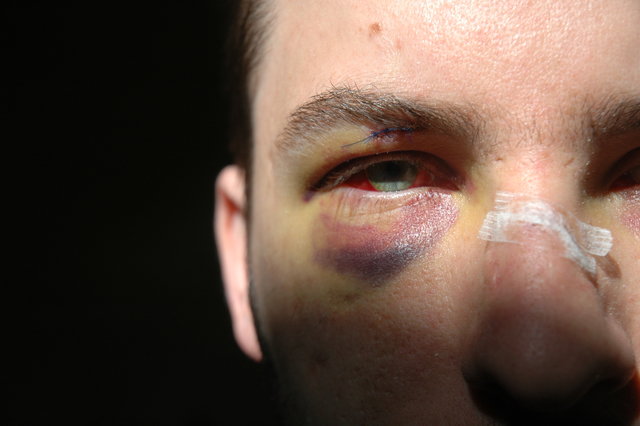
Sacrificing life and limb to document the look on the guitarists’ face, as he/she rips out that solo, with their teeth clenched and sweat steadily dripping from their chin. Is the extent of our “art” to be measured by the blood, sweat and tears we sacrifice to create it? Maybe so. Maybe it is more than we can quantify, but for the instant the shutter closes and opens, we were THERE at that point in time. We EXISTED !!! We CAPTURED”!!! We SHARED !!
The power of a photo is infinite and limited only by the perception of the viewer. Some world cultures believe a photo can “steal your soul”. But the true power of the photograph is in the “i” of the beholder.
This month we look at the work and art of Julia Cohen-Black. With a deliberate mind to add a woman’s touch and vision to ” Camera “i” , I set out to find a “Une femme le point de vue et le toucher”, a woman’s touch and perspective , in the field of photography and photo journalism. I don’t get out much, but when I do, I like to think I am at the shows of Austin’s ” cream of the musical crop”. Old friends in great bands, still rocking it for ” the love” of it. And at easily 80% of those shows I attend, there is Julia Cohen-Black, moving to the music, and capturing moments in time on her camera. Live music shots that prove to be as unique as they are powerful. Music and musicians are her favorite muse, and she has a pantheon of pictures to prove it. Julia lives in Austin now, and her art and her spirit are an integral part of the music scene made up not of cover bands or Top 40; but of the seedy underbelly we have always called Punk Rock, which in itself has branched into anything heavy, pure and real. My suspicions of Julia’s photographic prowess were confirmed when I saw some of her pics, from an ever growing library of shots and moments in time. Julia was kind enough to answer some questions and furnish some rocking pictures, to create a look BEHIND the camera lens; a look at the CREATORS, a Look Through the Camera “i” : with Julia Cohen-Black !
R & R~ Where were you born and raised?
JCB ~ I was born in Florida, but then adopted and raised in New Orleans. I
absolutely consider myself a New Orleanian. We’re different than people
who grew up in other cities because we grew up surrounded by a very
unique attitude and culture, with some very different rules than the
rest of the country. Essentially all of the New Orleanians I know are
like me in that way whether they still live in the city or not.
R & R ~ When did you come to Austin?
JCB ~ I moved to Austin in 2005. I’m a Katrina relocated. I’ll never move
back to New Orleans, because the City hasn’t fixed things there; and
emotionally, I just can’t go through that kind of loss again; but I’ll
always consider New Orleans home. It’s not just where I grew up and
developed into the adult that I am, it’s an integral part of me. One
of the biggest parts of who I am.
R& R ~ When did you “catch” the shutter “bug” ?
JCB ~ I’ve been fascinated with photographs as long as I can remember. Their
ability to permanently capture a moment, a feeling, things that would
later be lost… has always amazed and excited me. My mom bought me my
first camera for my eighth birthday. It was a Polaroid Land Camera. I
used pretty much all of my allowance money each week to buy film for
it.
R & R ~ What are your favorite subjects to photograph ?
JCB ~ Definitely performing musicians – primarily punk rock bands. I love
looking back at photographs I took at shows and feeling the energy
that was in the room during the show. It’s almost like reliving it for
me. Seeing live music makes me happy, and photography makes me happy.
The two together make me extremely happy. Happier than anything else
actually.
R && R ~ When did you start “shooting” live music shows?
JCB ~ As a teenager here and there, but much more often and seriously when I
moved to Austin. It became so much easier with the amazing amount of
live music we have here. I love that there’s at least one show worth
going to, and photographing, literally every night. And usually
multiple shows. This city is a live music photographer’s dream home.
It really is.
R & R ~ At their very base value, photos capture a moment in time. Moments,
once they pass, are considered history. Do you consider yourself a
visual historian?
JCB ~ I do. I love sharing with friends photographs that help them remember
an awesome show, or a friend that’s no longer with us. The majority of
people aren’t interested in shooting a show that they’re attending for
entertainment, but lots of people seem to enjoy the results later.
They love to relive that piece of history visually as much as I do.
I also love sharing my photographs with the musicians I shoot.
Photographs and videos of a show give them a perspective on the show
that they couldn’t experience otherwise… an outside view of a moment
in history that they lived, but lived differently than the audience
and any photographers there did. I love it when musicians get excited
by photographs I’ve taken of them, and are appreciative that I shot
the show. It makes me happy to give them something in return for the
joy I experienced during their performance.
R & R ~ In your ” I ” , how has the world of photography changed over the years ?
JCB ~ As far as recent history, I think we’ve seen an all-out revolution in
photography with the advent of digital cameras. It’s made photography
incredibly more accessible, with both good and bad results. It’s made
photography less expensive, and easier, and so considerably more
approachable. However, it’s also made life somewhat inescapable.
It’s never safe to assume today that what we do is not being recorded
digitally, also with both good and bad results. Our current accessibility to photography has made it such that wonderful life occurrences are now captured every day and can be shared with others that weren’t present for them; and terrible things are captured every
day with the result that those responsible can be held accountable.
These are good things. There’s an equal and opposite invasion of
privacy that also exists now, though. When in public, our actions are
usually being watched by at least one person who can easily record
them with a pocket-sized point and shoot or cellphone camera. It’s
naive to assume otherwise.
R & R ~ How have they stayed the same ?
JCB ~ Certain types of photography that came into existence with or soon
after the modernization of the camera at the turn of the century are
still heavily practiced essentially as they always have been.
Portrait, nature, fashion, journalistic, special event, travel, and
architectural photography are examples. They were a part of our
culture then; and they are part of our culture now. Very little has
changed except the technology and resulting quality and ease of
practice.
R & R ~ In my introduction, I compared live music photography to combat
photography, in a hopefully LESS fatal sense. You’ve taken some
“shots” for being in the trenches , are those just the hazards of the
trade ?
JCB ~ Absolutely. I’ve been knocked down, elbowed, kicked, stepped on, had
drinks spilled on me – you name it – many times. I don’t get angry.
That would be ridiculous in my opinion. In order to get the kind of
photographs I want, I choose to be directly in front of the stage,
which can be a very rough place to be, especially for a small woman
like me.
Fortunately, I find that people here are usually very
courteous and careful around me when they see that I’m shooting the
show, and I appreciate that a lot; but I don’t expect it. Shit’s gonna
happen sometimes when you put yourself in a crowded, high-energy
environment frequently. Fortunately, my camera hasn’t been damaged in
the pit. Yet.
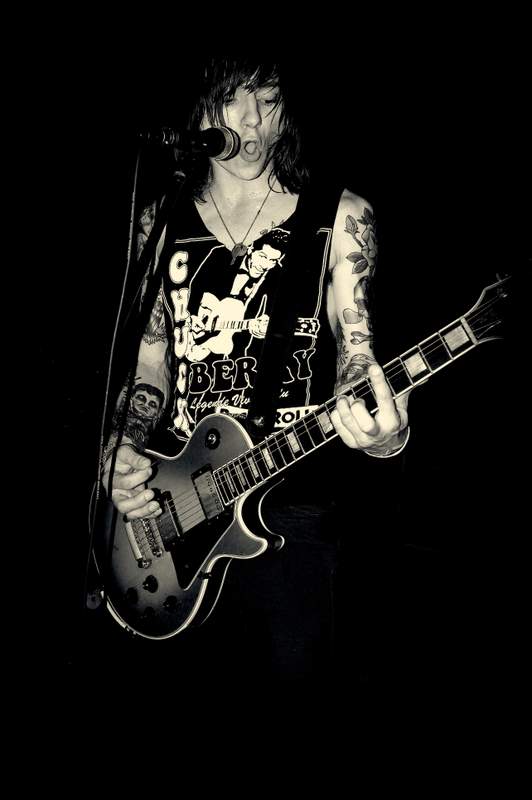
R & R ~ What keeps you in the “pit” and in the “darkroom” ?
JCB ~ The special sort of interaction with musicians that I experience while
shooting shows is a great deal of what keeps me doing it. It’s
invigorating. I’ve been told by others that they wished they had
photographs of a particular show later, but felt that taking photos
would distract them from the music, and take them out of the moment.
For me it’s the opposite. Shooting a show pulls me into the
performance in a very special way. I always have a better time at a
show if I’m also shooting it.
I lost my 35mm film camera in Katrina, and haven’t bought another yet, so I don’t spend any darkroom time these days. I miss it a lot because
I loved developing my own film and working with various chemical and
enlarger techniques; but I was financially restricted to replace my
destroyed camera with only one really good camera; so I got the
digital version of the one that was destroyed. It’s a Canon Rebel. I
do spend a lot of time digitally working with my photographs later;
adding and subtracting elements to make them fit my specific vision…
what I want to see in my images. The process is very personal, and I
enjoy it very much. I can do it for hours and lose track of time very
easily, and I often do.
R & R ~ I appreciate you taking the time to do this, and we appreciate you
sharing some of your photo “gems” with us! In closing, do you have any
advice for photographers that are “new” to the game ?
JCB ~ Primarily I’d say that anyone interested in live music photography
should find her or his own style, and then really work at developing
it. I do a lot of post-editing to my photographs, and a lot of purists
would consider that disingenuous; but I don’t care. I like black
backgrounds, so if the back of a stage isn’t black, I’ll black it out
in post-editing. That’s what I personally find beautiful… in my own
photographs and in other photographers’ images; so that’s what I do.
I’d also say that practice is critical to getting better. Go to lots
of shows, and you’ll notice the quality of your images and personal
style steadily develop. And don’t be afraid to take LOTS of
photographs. Sometimes it takes hundreds of shots for me to find one
that’s really interesting to me. Oh, and don’t shoot people who don’t
want to be photographed. I find this to be extremely rare, but some
musicians just don’t want to be photographed during performances.
Seriously. Don’t do it. It’s invasive and disrespectful. Lastly, I’d
also say that it’s important to have fun with live music photography.
If you take it too seriously, this will be reflected in your work and
your images won’t have the energy and passion that would otherwise
make them something special and alive.
******************** Justin Buzzcrusher *********************************************


